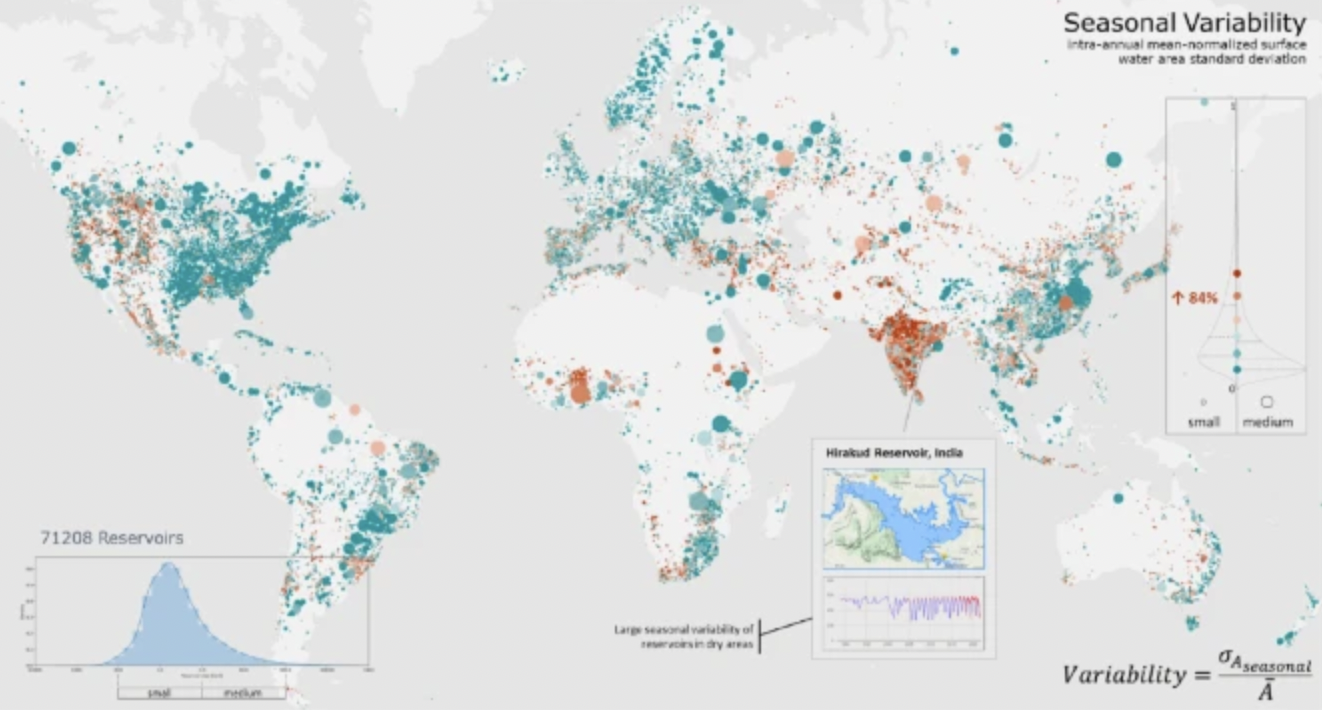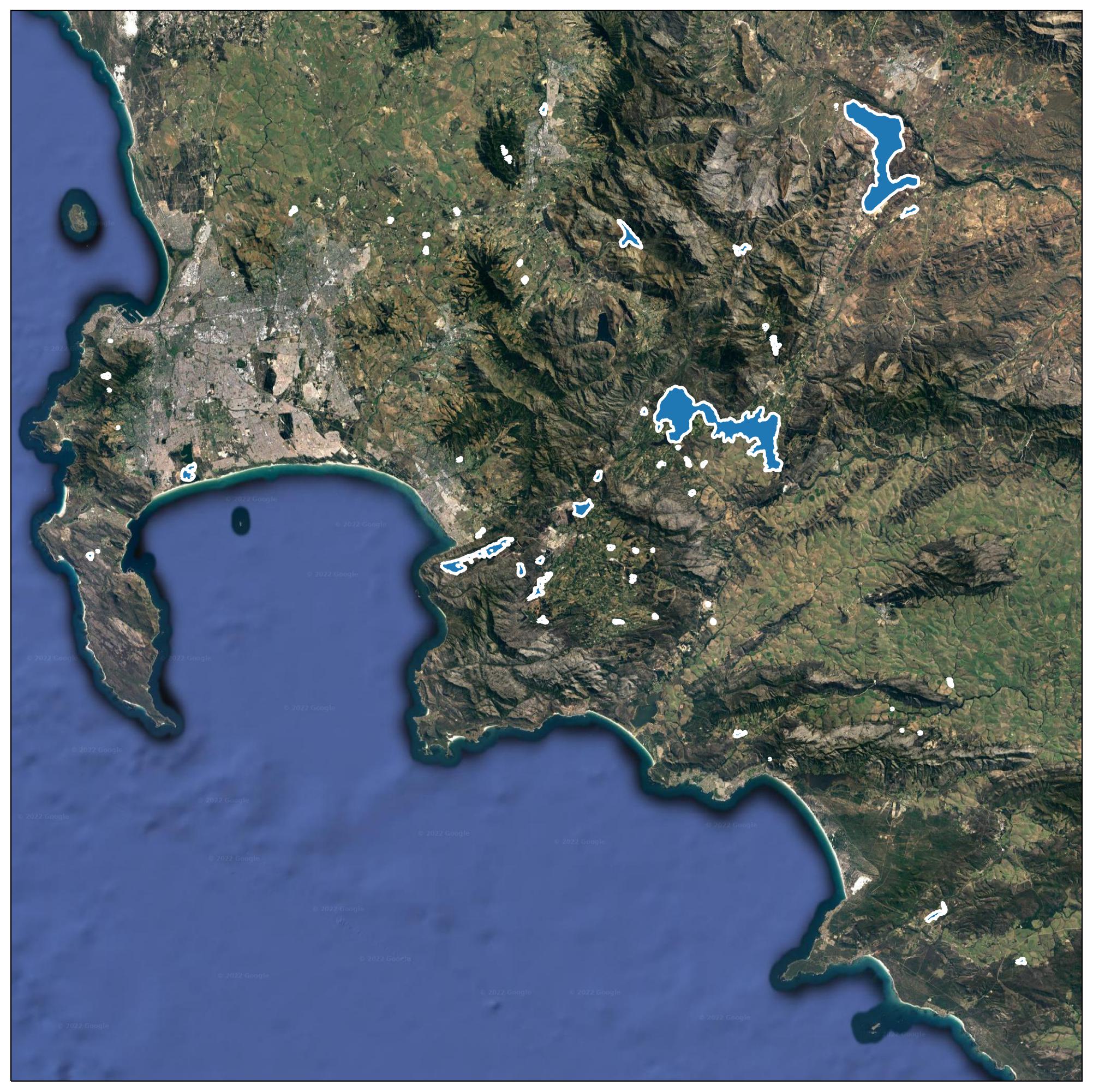Research: communities around small reservoirs more vulnerable to climate extremes
The water volume in small reservoirs is significantly more susceptible to seasonal and climate variability than larger reservoirs, leaving communities that rely on them more vulnerable to water scarcity and food insecurity, according to new research.




